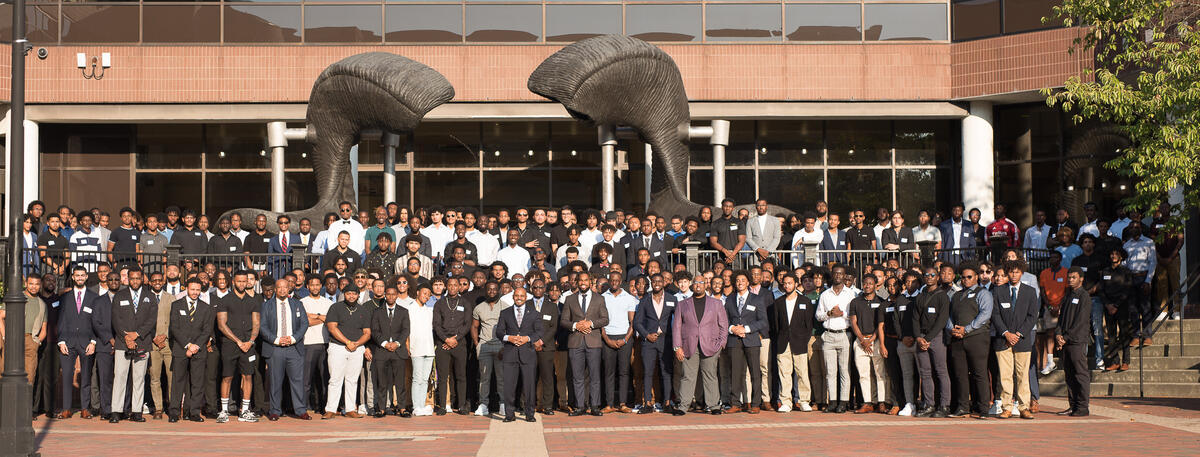
Oct. 31, 2022
How VCU’s Men of Color Initiative is working with Black and Latino male students to improve their college experience and outcomes
Share this story
It was such a simple act: teaching students the proper techniques for tying a necktie. Still, it was an act that resonated with Jaelin Vaughn, a 2021 Virginia Commonwealth University School of Business alum who now works at FX Networks as a financial analyst. Vaughn received the necktie lessons as part of his membership in the Developing Men of Color student organization at VCU.
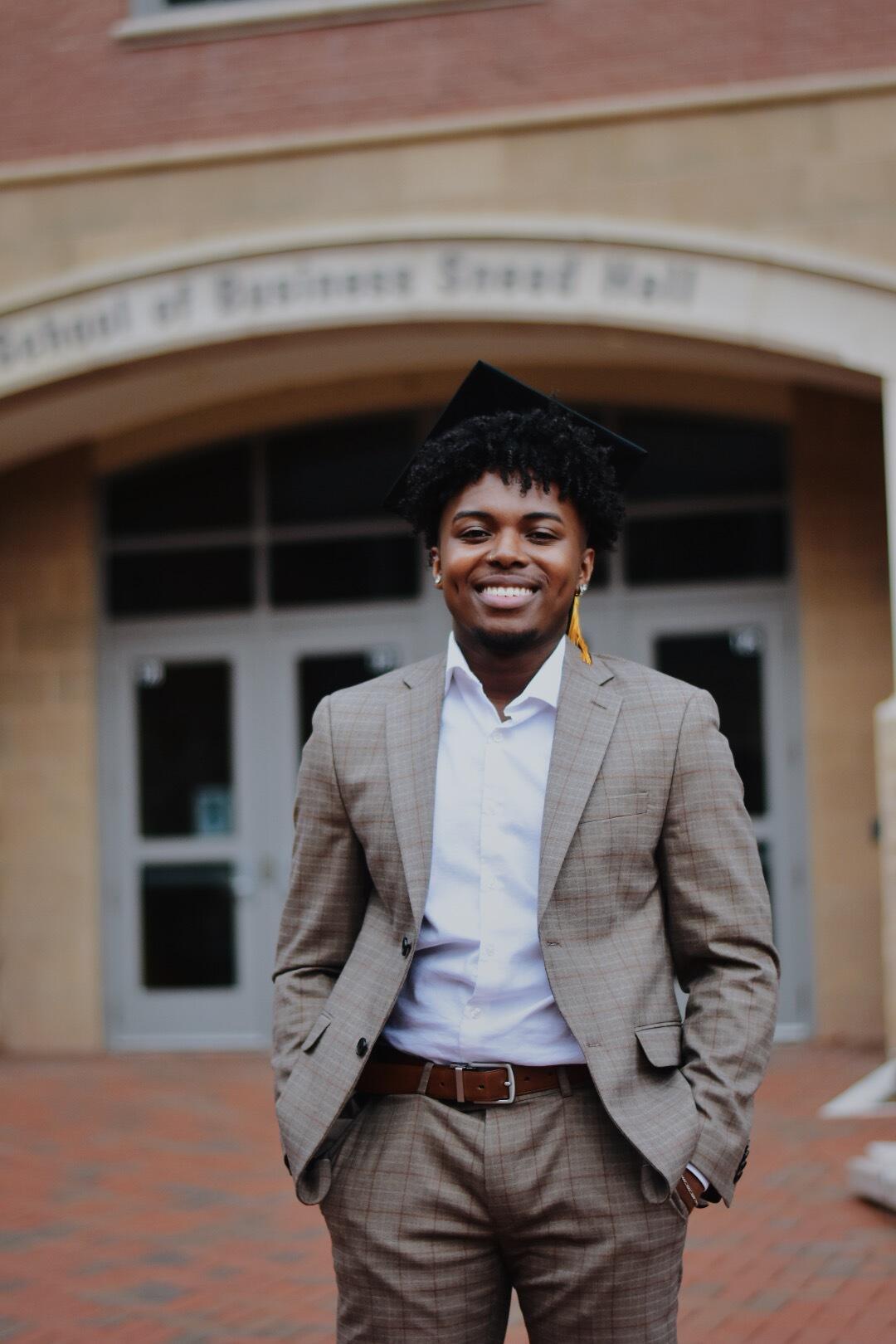
“The first time I recall having to tie a tie was in high school, and I had to teach myself,” said Vaughn who majored in economics at VCU. “No one in my household knew how to tie a tie either. Seeing other men with a similar experience and learning the basics of tying methods through Developing Men of Color helped us see it would add value and provide us with more confidence within ourselves.”
Being a member of the organization helped Vaughn meet and interact with other ambitious, high-achieving Black and Latino men at VCU.
“Unfortunately, I wasn’t seeing that in my everyday community, groups or classes,” he said. “I was searching for people that looked like me or who had been on a similar path that were able to guide me and share with me the wisdom from their experiences. It really opened my eyes. It made me happy. That simple act of empathy and sharing their knowledge along meant a great deal to me and others as well.”
Roots taking hold
Started in September 2018, Developing Men of Color (DMC) is a student org designed to help men of color interact and grow as a community. It’s also the nickname of a course (officially titled “Dynamic Principles of Professional Development: Men of Color”) that since 2013 has been offered to first-year students to acclimate them to VCU, familiarize them with resources at the university and spark a sense of community that bolsters them through the next four years. Both the course and the student org are part of a larger Men of Color Initiative at VCU that seeks to improve enrollment, student success and postgraduation outcomes for Black and Latino men using innovative approaches grounded in data and research.
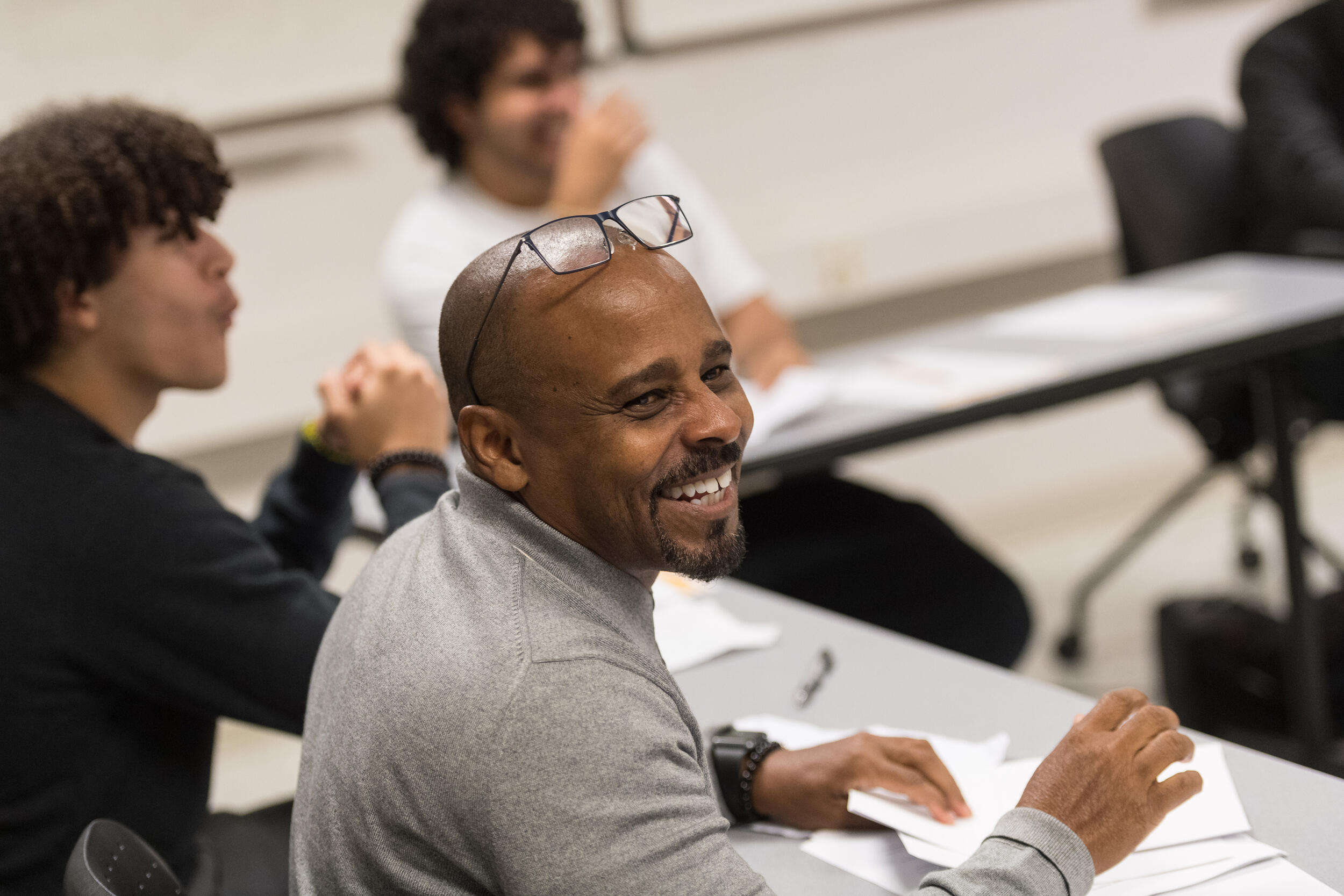
“Our goal is to equip these men with the means and resources needed to thrive in the college setting,” said Carlton Goode, Ed.D, assistant director for first- and second-year experiences for men of color and faculty adviser for DMC, who started the course in 2013 because he was concerned that men of color were not graduating as often as other students. “I wanted to address this. We started developing a class for freshmen men of color, and they loved the class so much they started to build a community, DMC.”
According to the most recent data (the cohort of college students who started in fall 2015) from the U.S. Department of Education’s National Center for Education Statistics, Integrated Postsecondary Education Data System, the national six-year graduation rate for public four-year institutions is only 39.9% for Black men and 53.2% for Latino men compared to 63.6% for white men.
The six-year graduation rates at VCU for Black and Latino men who started in fall 2015 were 55.7% and 58%, respectively, compared to 60.4% for white males.
There are various reasons why men of color don’t finish college at a higher rate.
“There is a lack of community. They don’t see people that look like them in class,” Goode said. “They don’t know where to find resources on campus. They don’t know how to connect with upperclassmen.”
Positive influences
Senior Thomas Chatman, who is the current president of DMC, came close to leaving school the summer of his sophomore year. At the time he was working as an area supervisor for a pool company and starting several business ventures of his own.
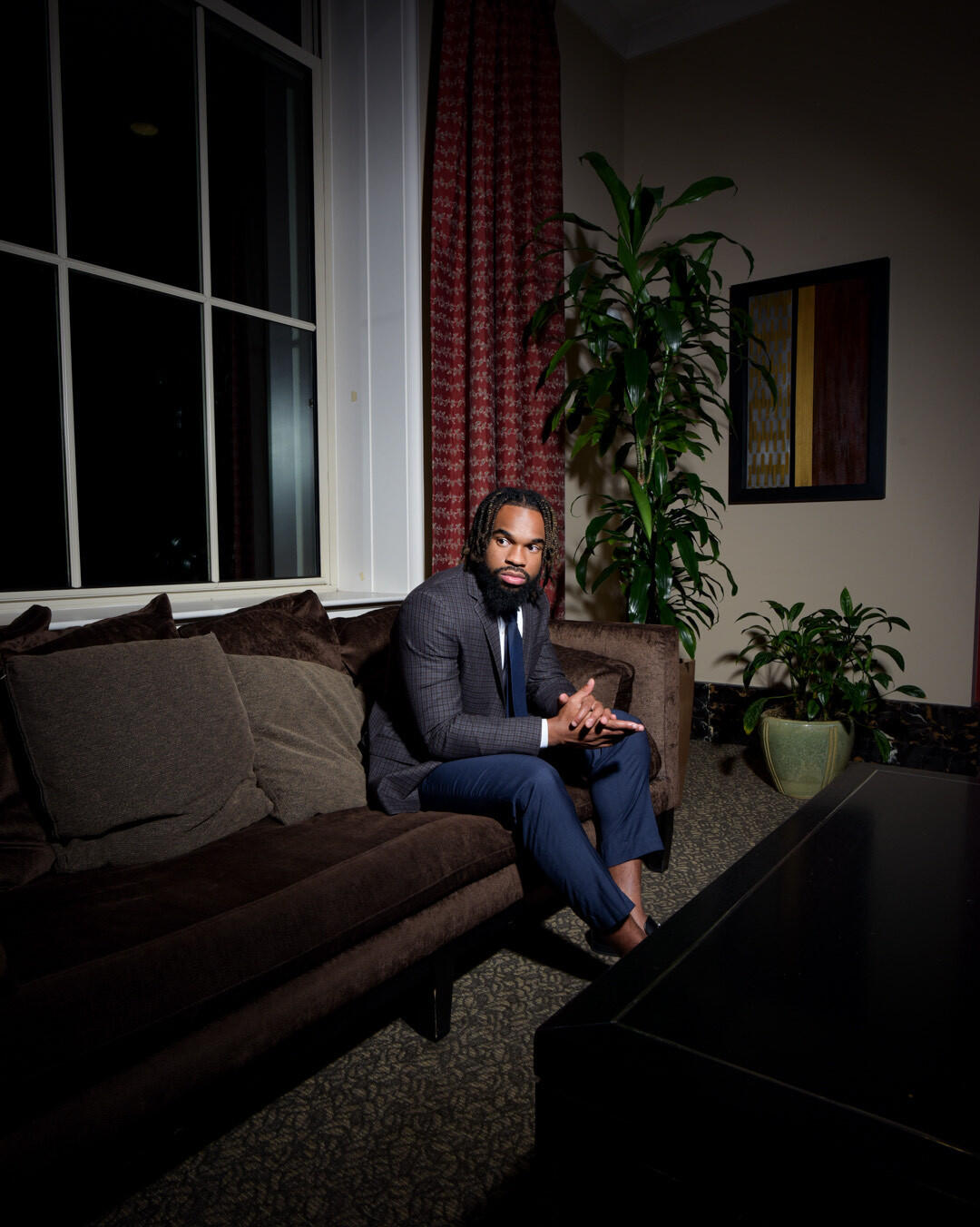
“I called Dr. Goode and told him that my friend dropped out of college. I was on the verge of leaving until Dr. Goode convinced me not to leave if I was leaving for the wrong reason,” said Chatman, an information systems major. “If I had left college, I wouldn’t have seen DMC growing, my own business growing, and I wouldn’t have gotten the internship I had this summer with Dell Technologies. It’s crazy to see what my mindset was then and what it is now.”
DMC offers men of color the chance to get involved in community service and to connect through sports.
“We help different organizations such as United to Heal where we help pack hospital supplies to be shipped to [developing] countries,” Goode said. “We also connect men of color through physical activity. Right now, we have soccer, flag football and dodgeball teams as well as two basketball teams — all play intramurals. Last year we took the championship for soccer.”
Some past team members are now leading community service and involved in professional development mentoring.
One of the organization’s biggest ventures is its mentoring program at Binford Middle School for young men of color.
“Some of the kids there have had challenging times,” Goode said. “One year we brought the boys to campus. Our guys love working with them.”
Leaps and bounds
The organization also has a professional development component that includes a variety of workshops on topics such as internships, setting up a LinkedIn account (with professional headshots) and more.
“Last year over the summer we had about 30 students that received paid internships through our internship scholarship workshop,” Goode said.
Currently, DMC has 509 members, a big leap from 100 members last year.
“People are looking for friendship that they haven’t had in a while,” Goode said.
For students who need help finding that sense of community, Goode has both years of experience and a special talent for making it happen. He is a motivator who helps “build a community network of students and connects them with mentors and others,” said Maggie Tolan, Ph.D., senior associate vice president of student success.
“It’s the power of Carlton. He puts in the extra hours. He shows up for students far beyond 8 a.m. to 5 p.m. and that is what this program needed,” she said.
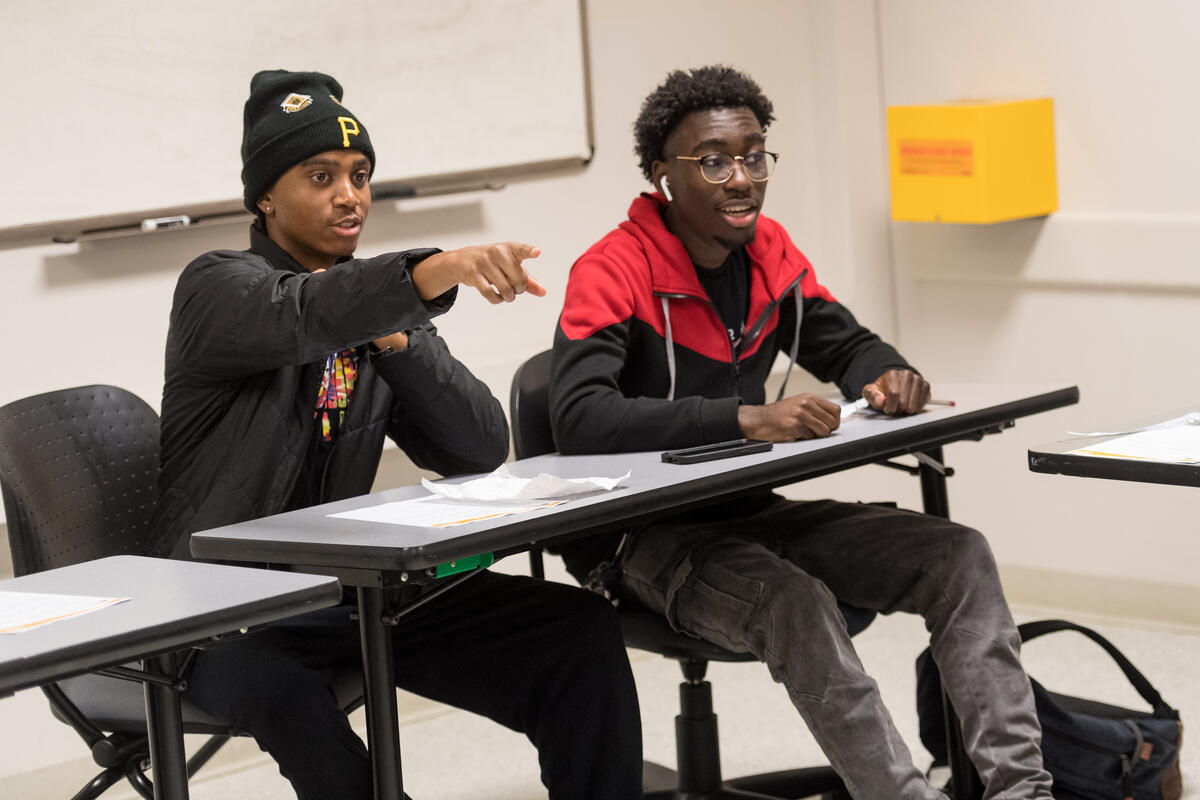
Working with DMC and his freshman men of color classes gives his work meaning, Goode said.
“It makes me proud of VCU for allowing me to do this work. They recognize the need. VCU says every student should be heard and valued and that makes me feel really good,” he said. “This stuff works if you put your mind to it.”
Vaughn said his time in the DMC organization has had a lasting impact on him both personally and professionally.
“DMC taught me the fundamentals of how to carry myself as a professional, and the confidence and pride in also being a man of color. I would not think most young men of color are taught about the intersectionality of professionalism and culture in a professional or work setting and the nuanced ways to navigate it. It’s not something you see in abundance,” he said. “Seeing the group of active professionals and alums that would come speak to us and give us their insights and lessons learned about how to navigate from student to professional was the biggest takeaway for me. I learned I can be exactly who I am as well as the professional I’ve always aspired to be.”
Subscribe to VCU News
Subscribe to VCU News at newsletter.vcu.edu and receive a selection of stories, videos, photos, news clips and event listings in your inbox.







